How Often Should You Repot Plants?
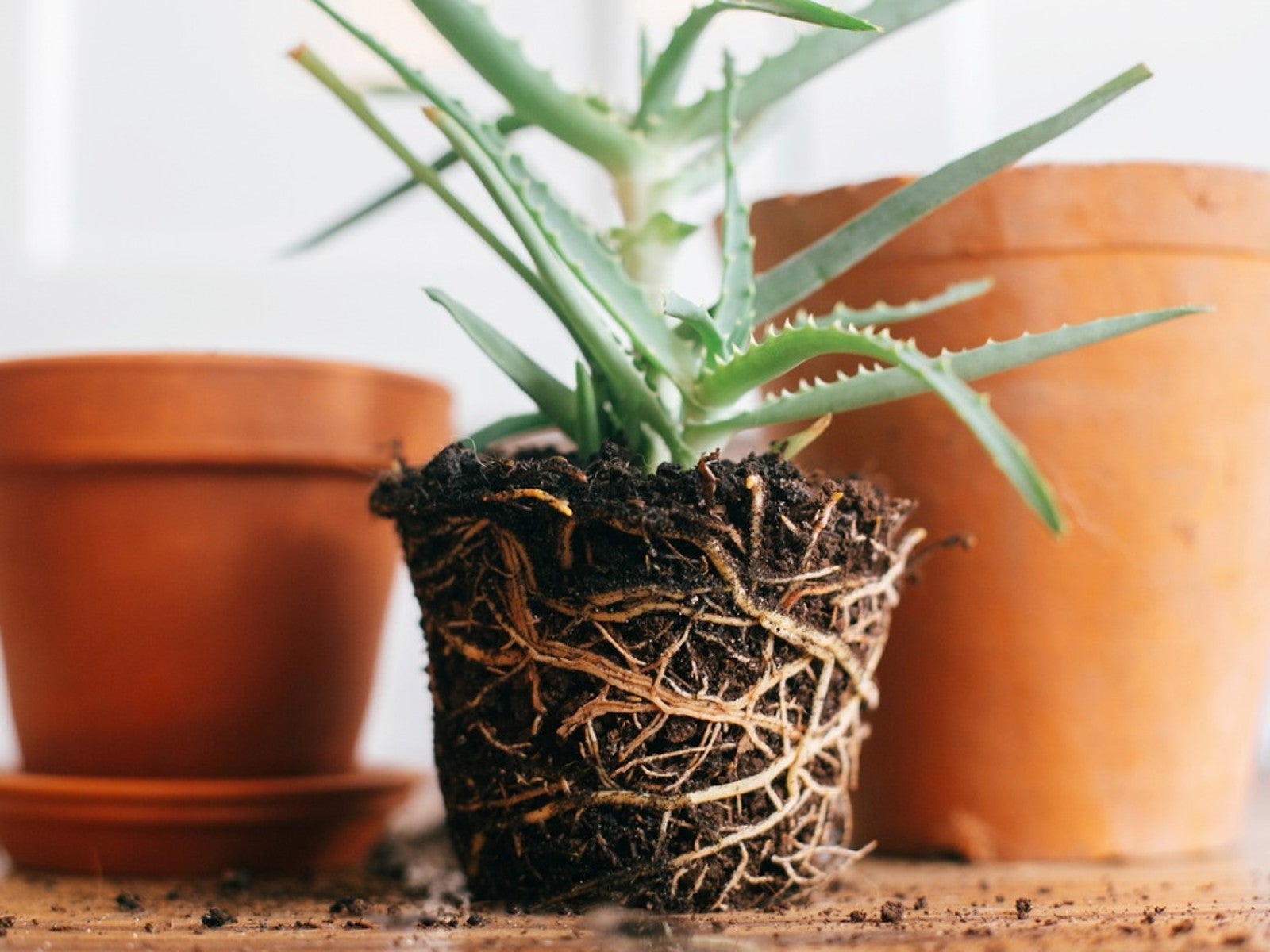

Knowing when to repot houseplants is one of many important elements of caring for your indoor plants. Frequency of repotting varies depending on the type of plant. Some grow quickly and need a new container every year. Others like to be root bound. Know your plants and repot only when they need it.
When Should You Repot a Plant?
When determining how often to repot plants, it’s best to start with the species. Research the kinds of plants you have. Find out how quickly they grow and what experts recommend when it comes to repotting frequency. The fastest growing plants might need a new container every year. Slow growers can wait two, three, or even more years.
In addition to looking at the specific species you have and their growth rates, look at these signs that a plant might need a new, bigger container:
- The soil has begun to dry out more quickly than usual.
- There are more roots than soil in the pot.
- You can see roots coming out of the drainage holes in the bottom of the container.
- Roots are visible on the surface of the soil.
- The plant hasn’t grown in a while.
Some plants also show other signs like failing to bloom or dying lower leaves when they need more space. These can also signal other issues, though.
If you can’t see the roots but think it might be time to repot, you can carefully remove the plant to investigate. Water the plant thoroughly and let it drain. You should be able to gently slide the plant out of the container to look at the roots. If you have a thick, matted, tangle of roots, it’s probably time for a new container.
Which Plants Rarely Need Repotting?
Not all plants that are root bound need a bigger container. Some plants actually prefer this and thrive when their roots are tightly packed like this. Examples include:
- African violet
- Aloe
- Amaryllis
- Asparagus fern
- Boston fern
- Christmas cactus
- Ficus
- Hoya
- Jade plant
- Peace lily
- Snake plant
- Spider plant
- Umbrella tree
Even these plants need more space every once in a while. Check them for signs that the roots are trying to escape the container. If they are, and it’s been a few years, they might need a new pot.
Gardening tips, videos, info and more delivered right to your inbox!
Sign up for the Gardening Know How newsletter today and receive a free copy of our e-book "How to Grow Delicious Tomatoes".
When is the Best Time to Repot Plants?
Knowing when to repot plants is the first question to answer. There is also a right time of year to complete this task. Check on your plants’ roots and repot if needed in the spring or early summer.
It’s best to repot during the early growing season so that your plant will have time to grow roots into the new soil before going dormant in fall and winter. You can repot in fall or winter, if necessary, but this isn’t the best time. If you repot during the dormant season, do so gently, avoid overwatering, and don’t use fertilizer.
When you’re ready to repot a houseplant, choose a container that is only a little bigger, one or two inches (2.5 or 5 cm.) greater in diameter. If the pot isn’t new, clean it well to avoid contaminating the plant with any pests or diseases.
If the plant is root bound, gently loosen the roots using a knife if necessary. Use a quality potting soil in the new container and place the plant so the top of the root ball is about one inch (2.5 cm.) below soil level.
If you have a plant that is very large or otherwise difficult to repot, you can use a technique called top dressing. Every couple of years, remove the top few inches of soil and replace it with fresh, high-quality potting soil.

Mary Ellen Ellis has been gardening for over 20 years. With degrees in Chemistry and Biology, Mary Ellen's specialties are flowers, native plants, and herbs.
-
 Try The Trend – Turn Any Bed Into A Keyhole Garden With This Clever In-Ground Composter
Try The Trend – Turn Any Bed Into A Keyhole Garden With This Clever In-Ground ComposterKeyhole gardening is an efficient and sustainable practice that saves space. Get started on this DIY project quickly and easily with an in-ground composter.
By Bonnie L. Grant
-
 4 Superfast Composting Methods: Turn Waste Into Garden Gold In 30 Days Or Less
4 Superfast Composting Methods: Turn Waste Into Garden Gold In 30 Days Or LessTry the fastest composting methods to turbocharge your pile and transform kitchen scraps and garden waste into finished compost in just a few weeks.
By Mary Ellen Ellis
-
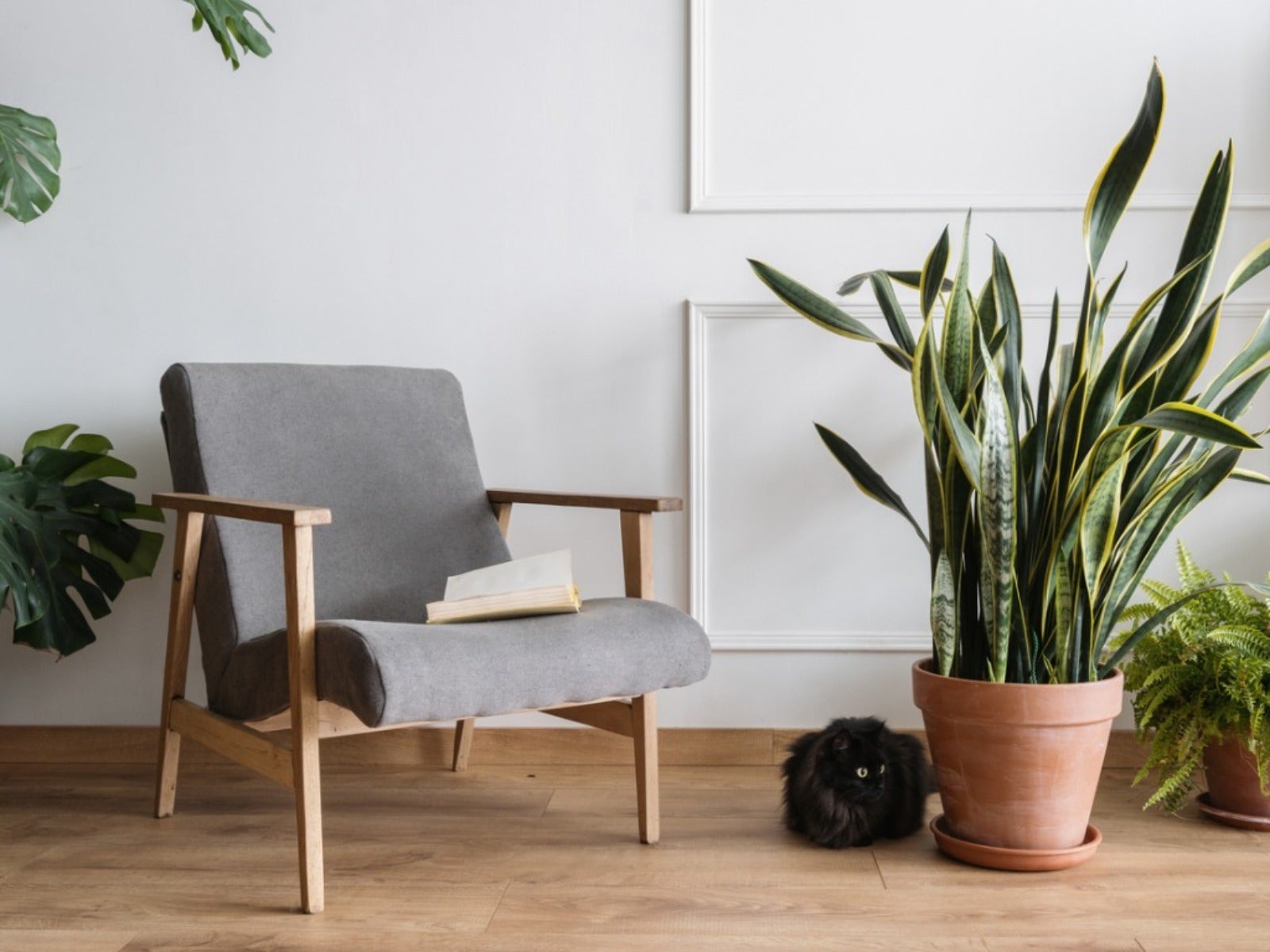 8 Easy Care Houseplants That Live A Long Time
8 Easy Care Houseplants That Live A Long TimeClick here to learn about our 8 favorite low maintenance houseplants that can, with proper care, live a long time.
By Amy Grant
-
 Orange Flowering Houseplant Varieties With Tropical Flair
Orange Flowering Houseplant Varieties With Tropical FlairClick here to learn about some cheerful orange-blooming houseplants you can try growing.
By Mary Ellen Ellis
-
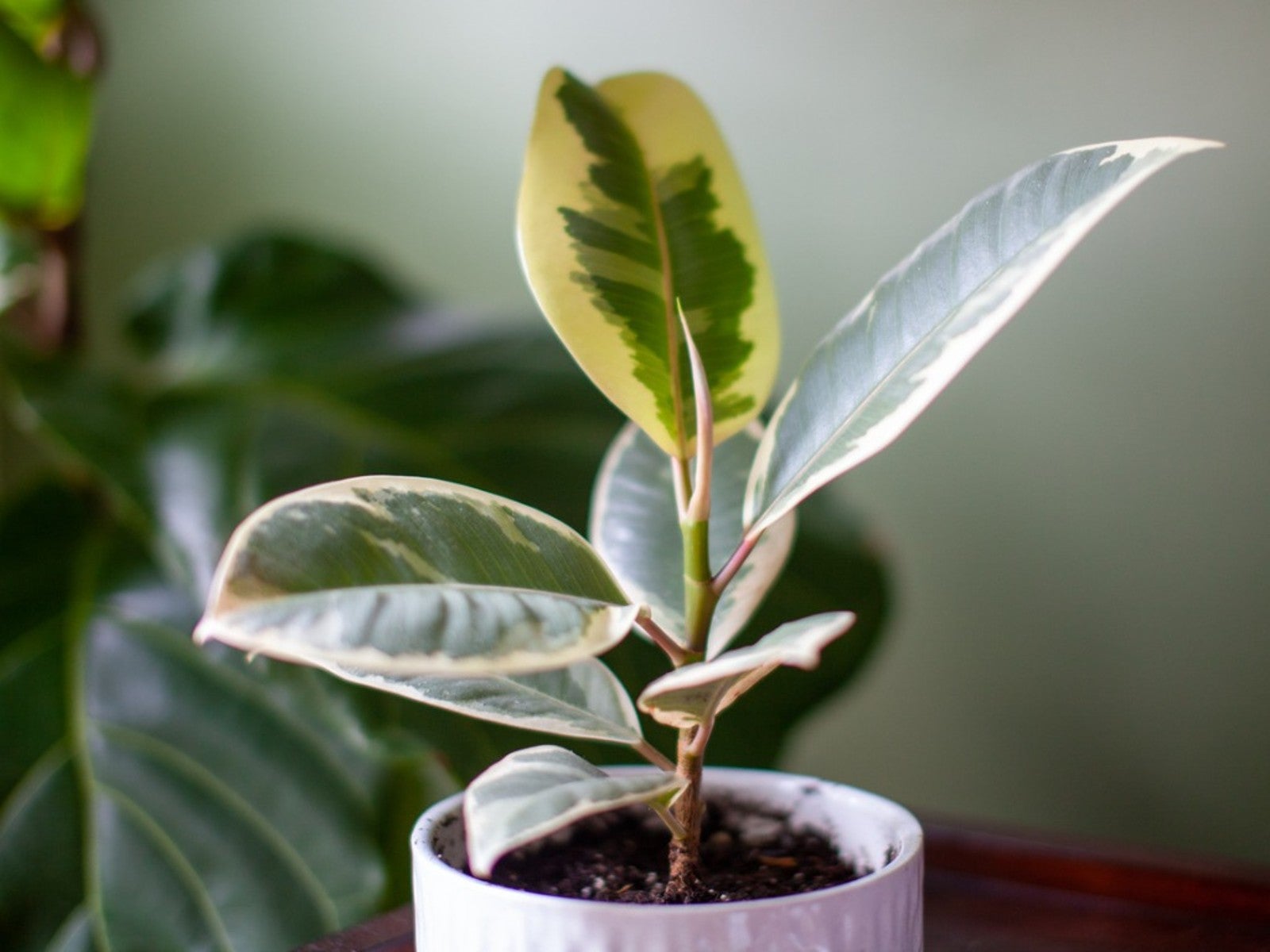 Variegated Houseplants With Lovely Leaves
Variegated Houseplants With Lovely LeavesWhat are some of the best variegated houseplants to add to your collection? Click here to find out.
By Amy Grant
-
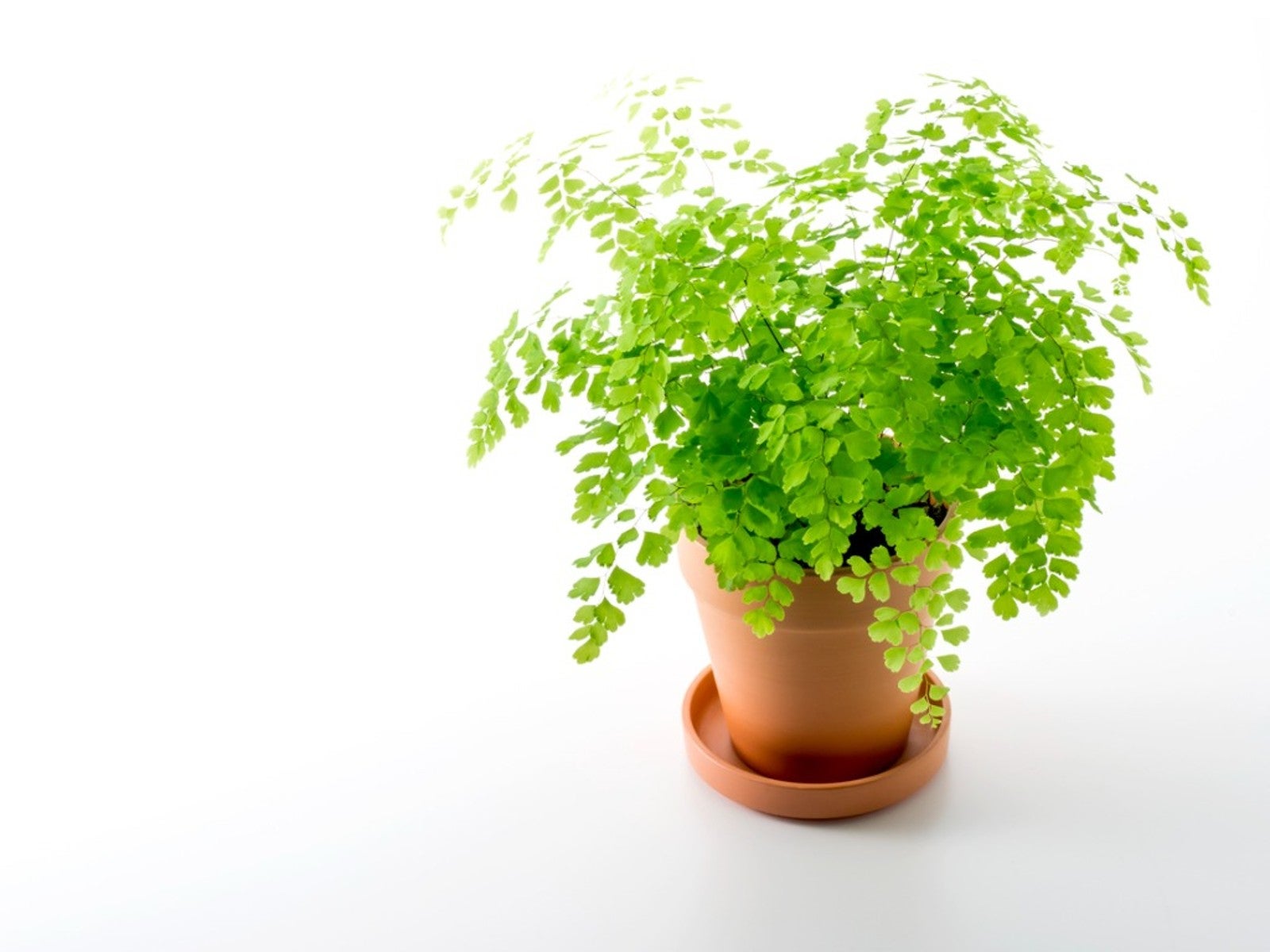 Lovely, Lacy Indoor Foliage Plants
Lovely, Lacy Indoor Foliage PlantsClick here to learn about some houseplants with lacy foliage to add to your collection.
By Mary Ellen Ellis
-
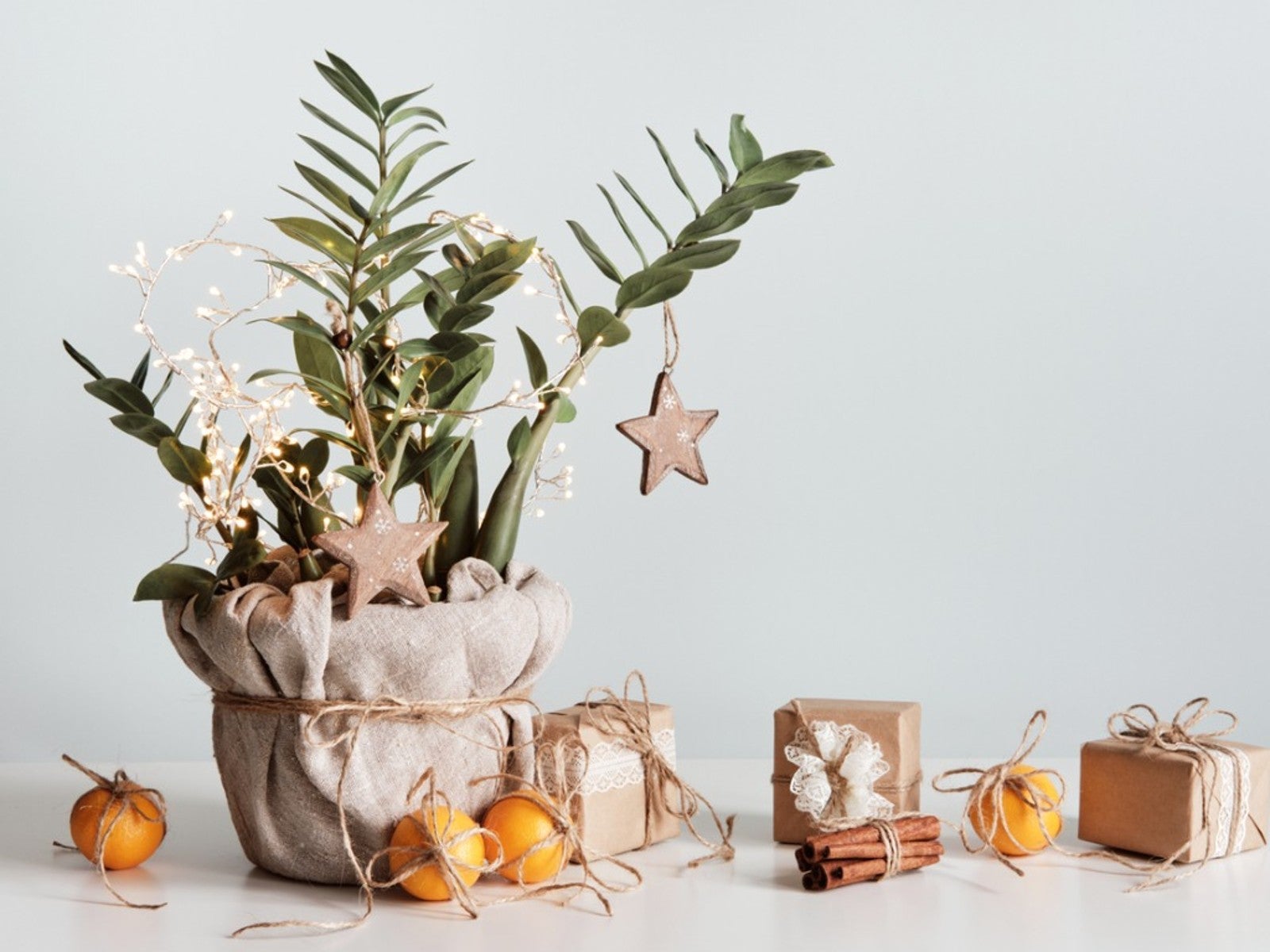 Best Christmas Houseplants And Plants For Winter Holidays
Best Christmas Houseplants And Plants For Winter HolidaysClick here for an idea of the best houseplants to use for holiday décor for Christmas, Hanukkah, Kwanzaa, and New Year’s.
By Laura Miller
-
 Best Big Houseplants To Create An Indoor Oasis
Best Big Houseplants To Create An Indoor OasisIf you have the space you may want to grow some large houseplants. Here are some ideas.
By Mary Ellen Ellis
-
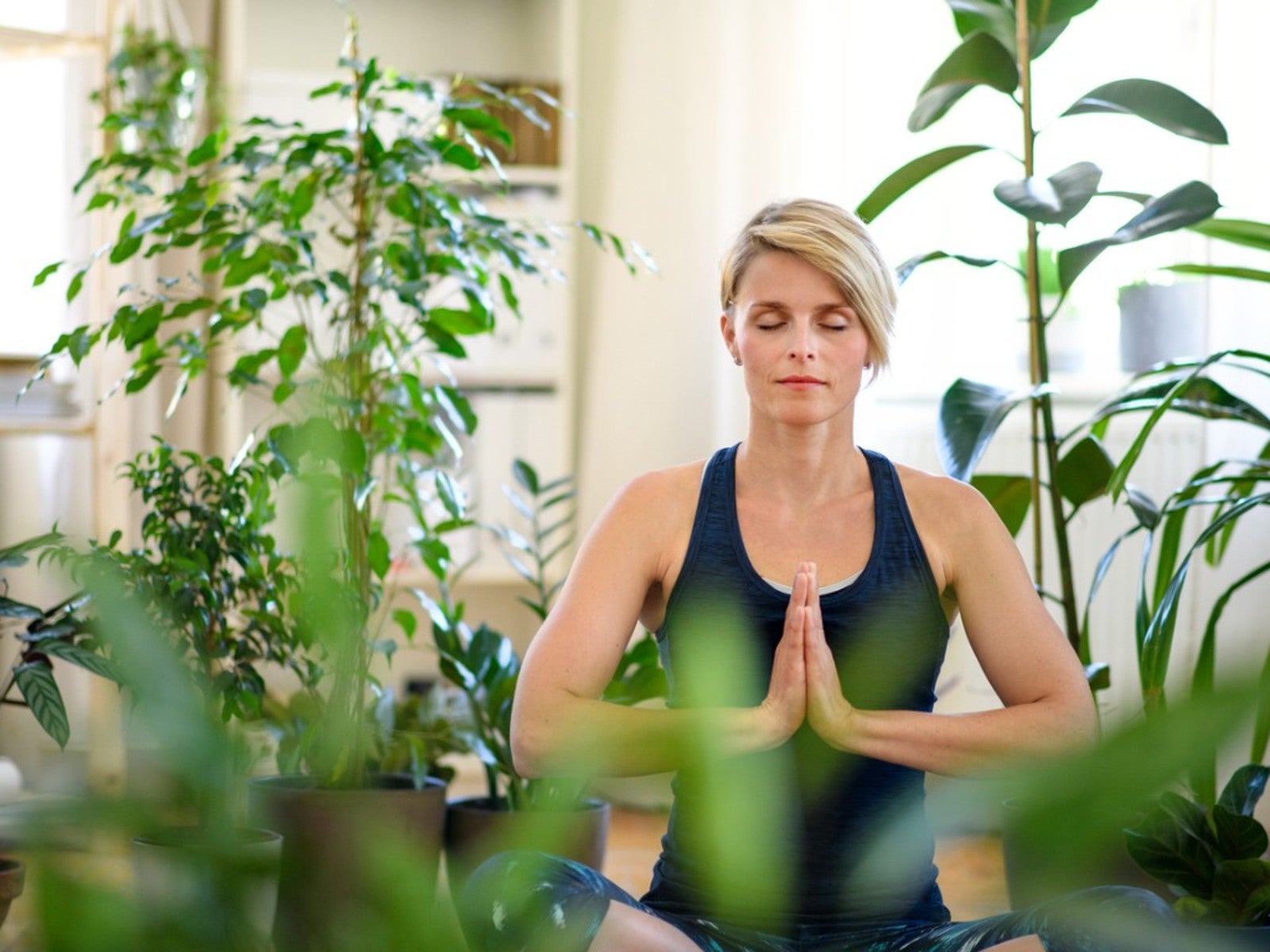 Relaxing Plants To Grow Indoors For A Calmer Mind
Relaxing Plants To Grow Indoors For A Calmer MindAre there houseplants that can help you to relax? Click here to find out.
By Laura Miller
-
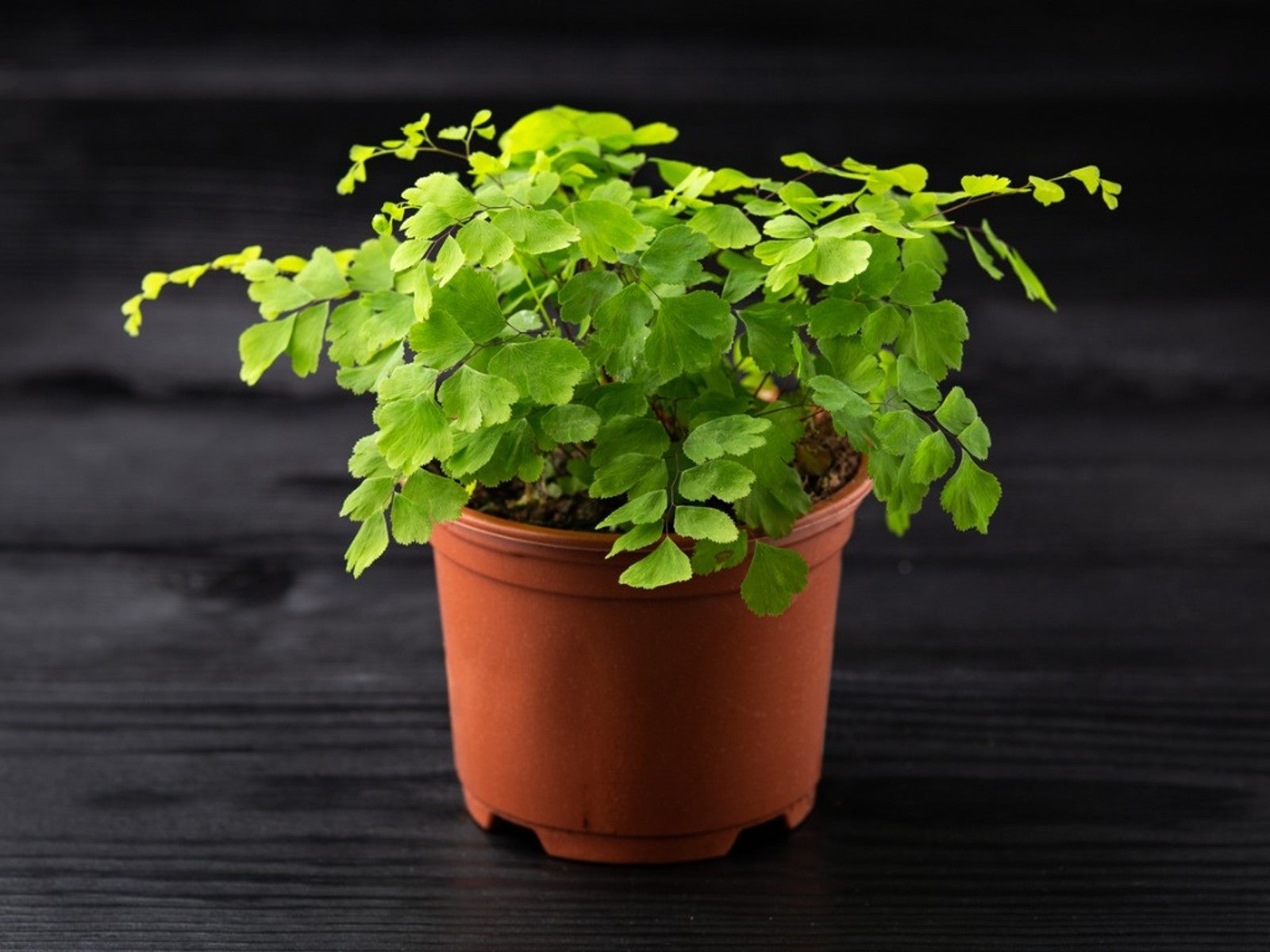 Best Small Low Light Indoor Plants
Best Small Low Light Indoor PlantsWhat are the best small indoor plants for low light situations? Click here to find out.
By Becca Badgett